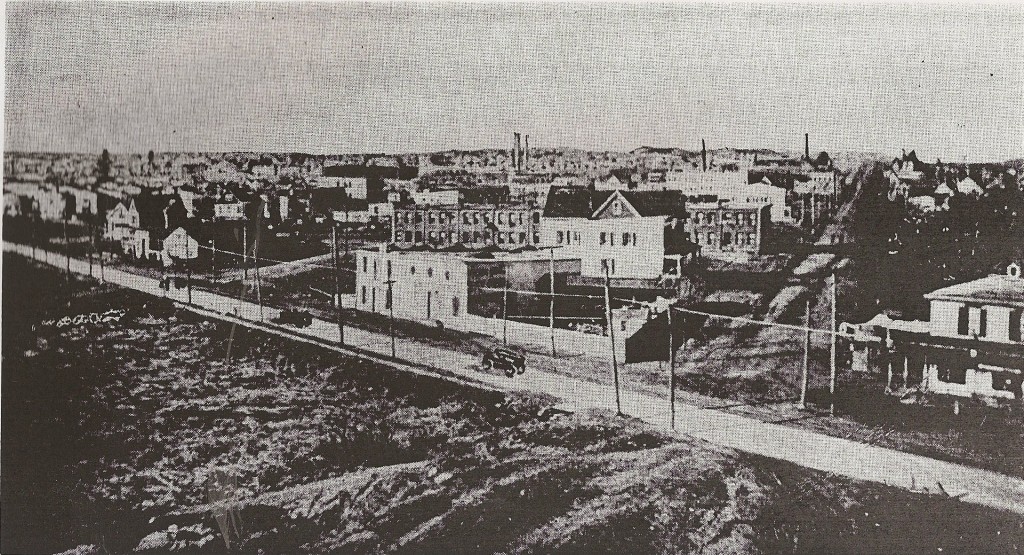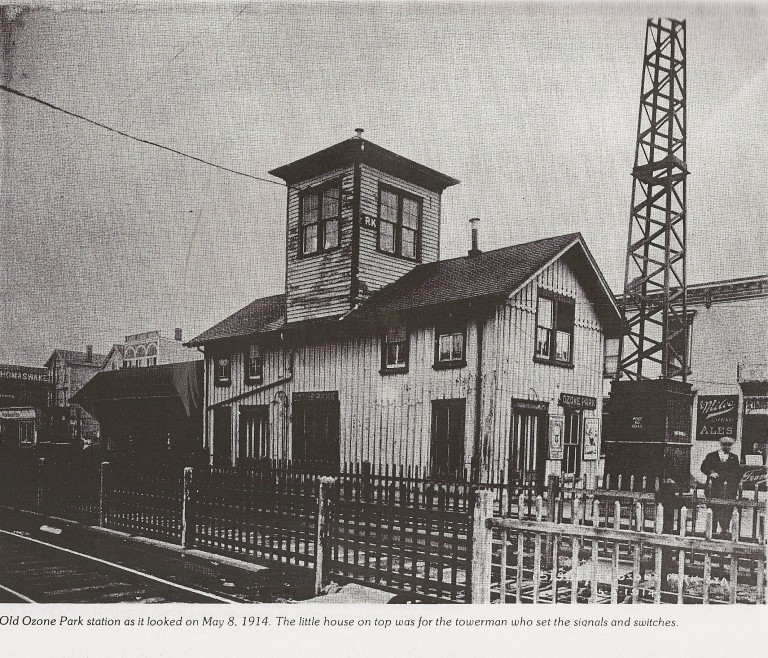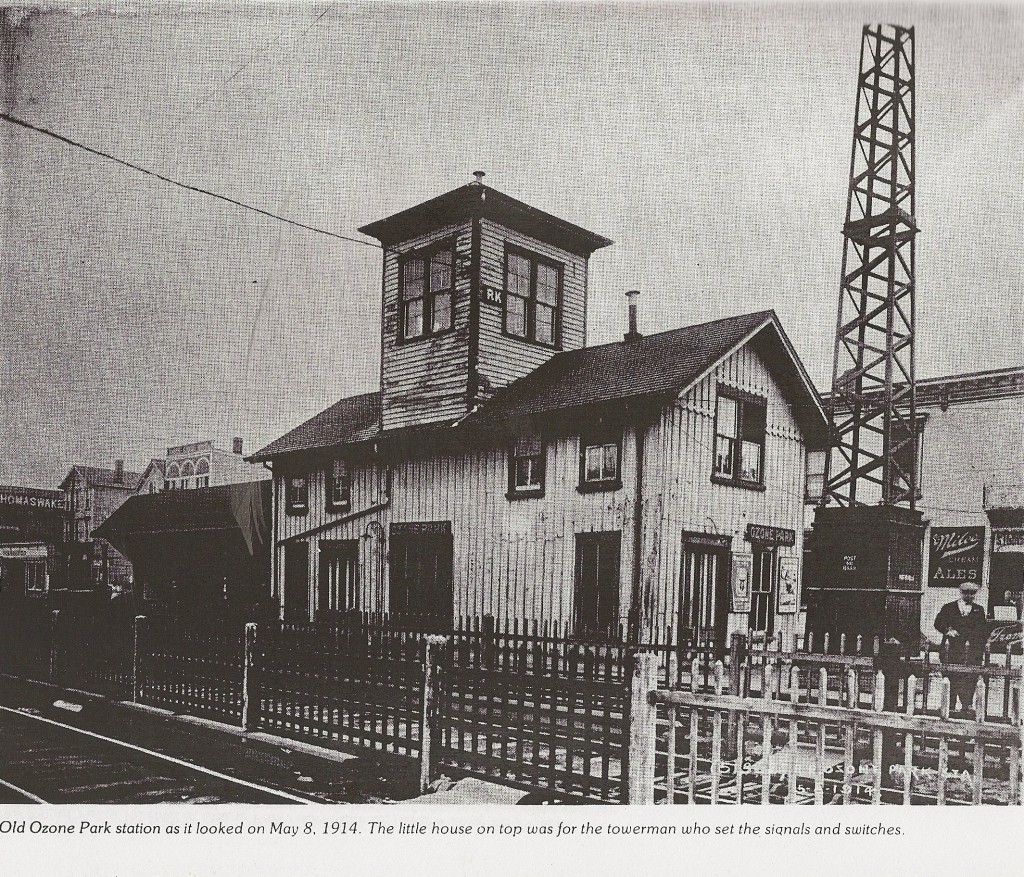According to historical narratives, the Native Americans of the Jameco and Rockaway tribes were the first original settlers in the area that would eventually become Ozone Park.
English and Dutch settlers took possession of the land in the 1660s through a land grant courtesy of the Dutch West India Company. Up until the early 1900s, the area of South Ozone Park was used to farm everything except potatoes due to the saltiness of the soil.
However, the real evolution of the area began in the late 1870s, when an economic depression forced New York City residents to look for better housing opportunities in the suburbs of Manhattan and Brooklyn.
It was then that music publisher and developer Benjamin Hitchcock, the developer of Ozone Park, along with fellow partner Charles Denton, began converting farmland in the area into parking lots. From there, they began marketing the area to the south of Ozone Park for its “invigorating and healthful” breezes sweeping in from Jamaica Bay and the Atlantic Ocean—which fatefully led to the name ‘Ozone Park’ being chosen for the area.
Soon after, in 1907, real estate developer David Leahy, known to some as “the Father of South Ozone Park” began building small homes in former farm fields by promising potential home owners that for $9 down, $6 per month, they could purchase a four-room cottage in the country.
could purchase a four-room cottage in the country.
Knowing of the future expansion of the former Pennsylvania Railroad, purchased by the Long Island Rail Road in 1900, into the Jamaica area, Leahy anticipated that more and more people would be eager to move to South Ozone Park, thereby selling properties at an affordable price to attract settlers.
The community’s first public library was established in 1912, located in part of a drug store. In 1913, the city made funds available to build an addition to the eight original classrooms of P.S. 45, located at 150th Street off of Rockaway Boulevard.
Shortly there after, P.S. 96 was built at Rockaway Boulevard and Lincoln Avenue. Soon there after, John Adams High School at 107th Street and Rockaway Boulevard was built, followed by Edgar D. Shimer Junior High School at 142nd Street and 114th Avenue.
Ozone Park’s first movie theater opened in 1921 at Rockaway Boulevard and 135th Street.
By that time, the Rockaway Boulevard trolley system had been replaced by a bus system. The Bank of Manhattan Company and Ozone Park National Bank established branches in the area in 1925, marking the first presence of banks in the community. In 1929, Rockaway Boulevard was widened. Other roadways, like the Van Wyck Expressway, further made South Ozone Park more accessible to other communities.
Since that time, Ozone Park has grown into a key part of Queens—home to the Aqueduct Racetrack, a casino, and maybe even soon the largest convention center in the nation, courtesy of the Genting Group—with a diverse demographic of roughly 45,000 residents that includes Hispanics, African-Americans, Italians, South Asians, people from the West Indies and South Americans.
In previous years, Ozone Park had been a hub for mafia activity for the Gambino and Lucchese crime families, both of which ran operations based out of Ozone Park prior to law enforcement cracking down with various gang-busting operations.
In fact, Bergin Hunt & Fish Club, the Gambino family’s headquarters, was right in the heart of Ozone Park, at 98-04 101st Avenue. The property houses a pet grooming boutique and a medical supply store now, but if walls could talk, we’re pretty confident they could make the parakeets blush, just a little.


